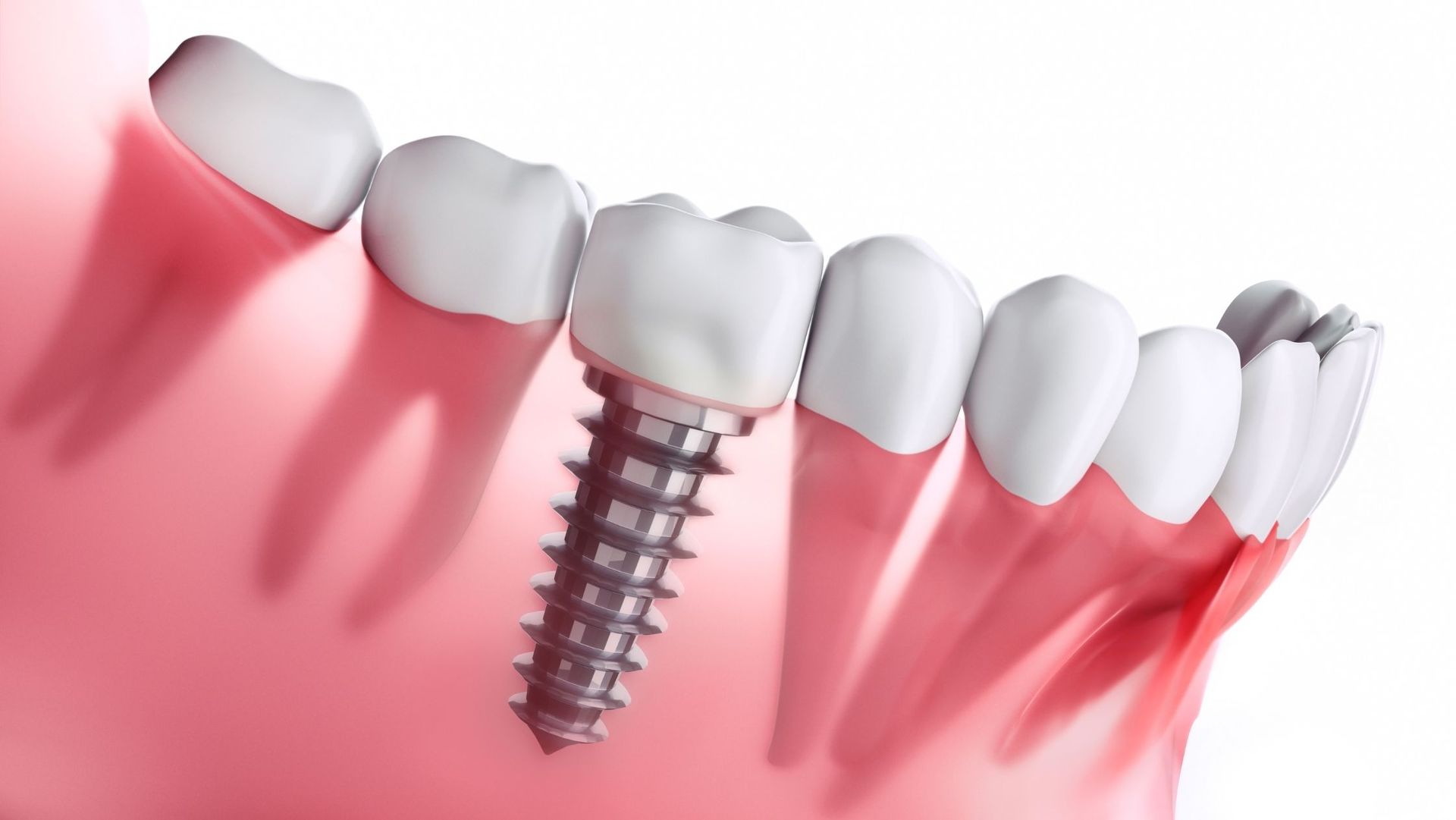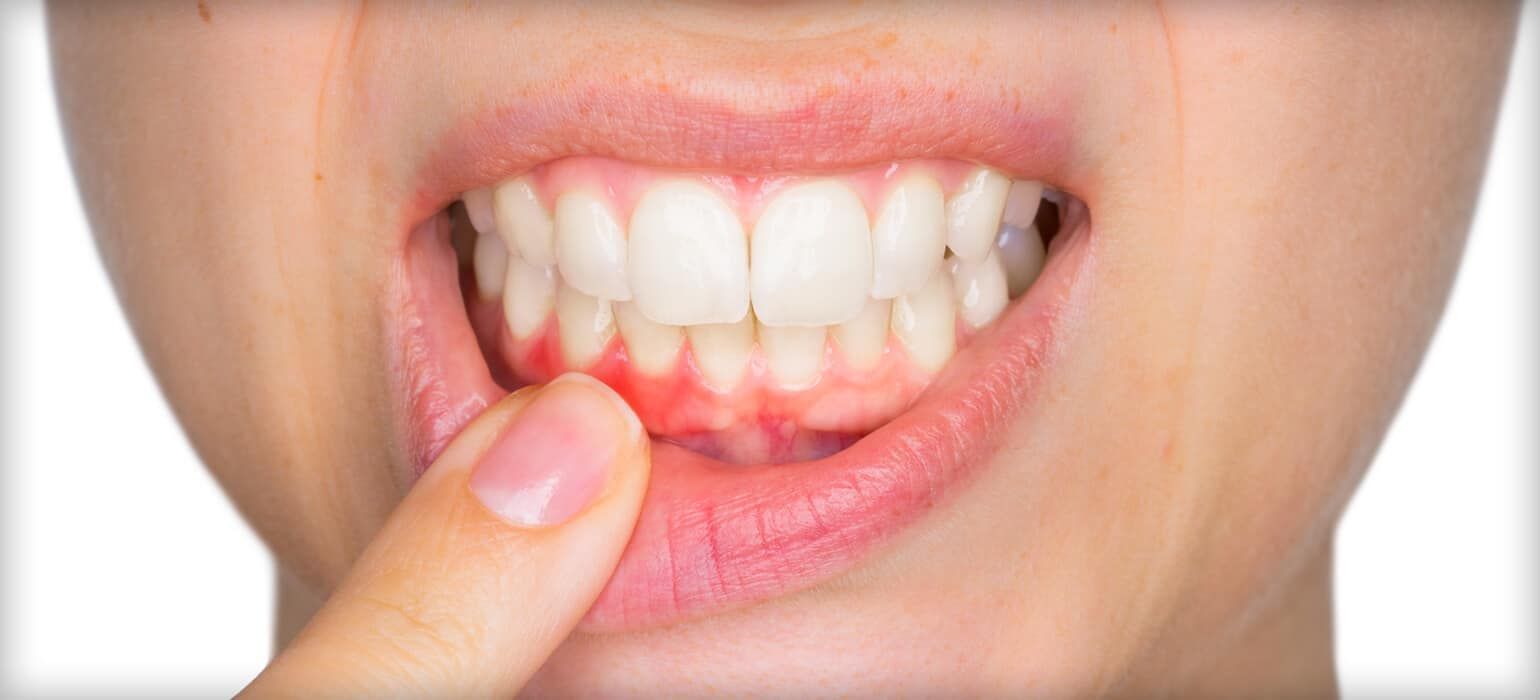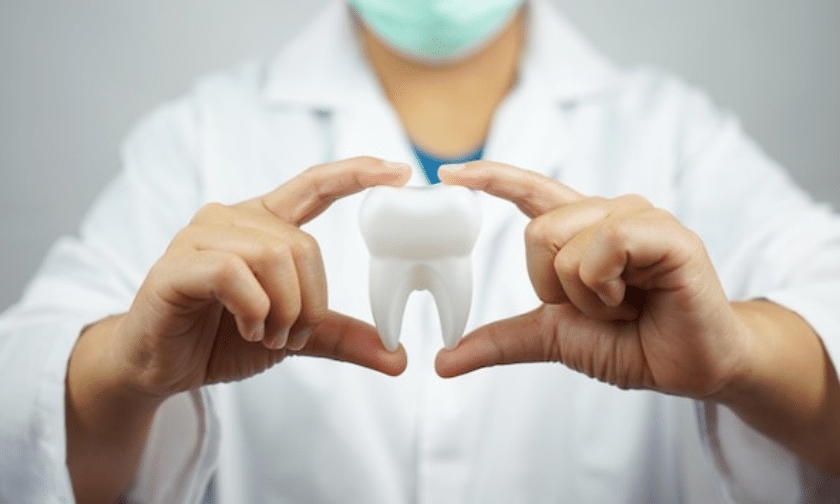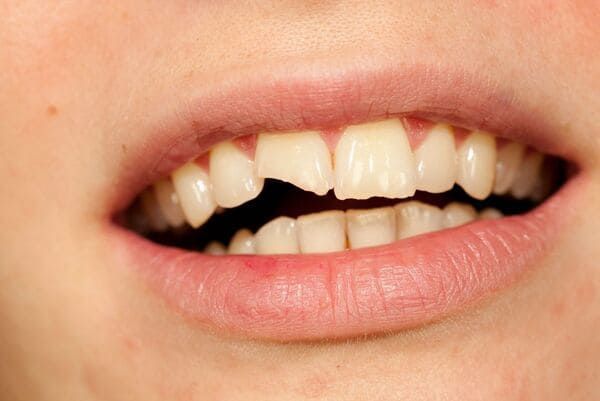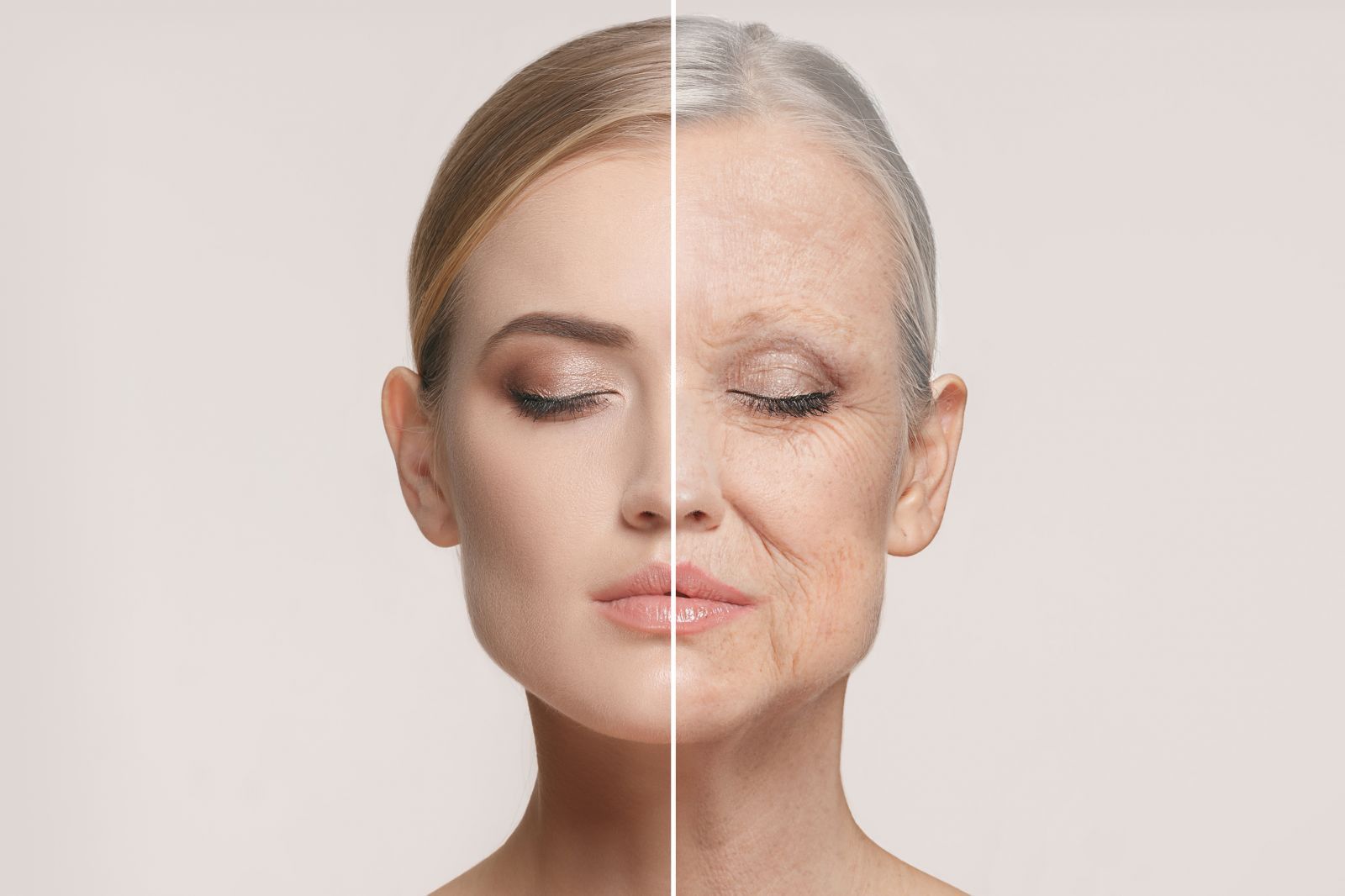What is your best choice, dental bonding or veneers? There isn’t a one size fits all answer to make a claim on which is better, because it depends upon your unique situation. Your goals, oral health conditions, expectations, time commitment, and cost are all factors in choosing the best option for you.
What are they used for?
Before deciding you need to know your goals and conditions. Dental bonding can be used to repair decay or cracks, cover exposed root surfaces, cover over discolored teeth, or to reshape teeth to improve the aesthetics of a smile.
Veneers are mostly used for cosmetic reasons. They are a very thin shell applied over natural teeth. This creates a smile with the ideal teeth shape and color.
How are they attached?
Dental bonding is a simple procedure using a resin material that is shaped much like moldable clay. It is then hardened with a curing light. It’s straightforward, often not requiring any anesthetic injections unless there is an issue of decay to address first.
Veneers on the other hand often take more than one appointment. Some offices provide in-office computer made veneers, but this doesn’t always provide the best fit.
Typically it is a two appointment process. At the first appointment your teeth are conditioned and enamel is removed, an impression is then taken and sent to a lab for your veneers to be skillfully made.
On the second appointment the dentist will place the new veneer. If color and fit are well matched then the veneer will be permanently bonded to your natural teeth.
How long do they last?
Dental bonding has an approximate life expectancy of 3 to 10 years. While veneers are considered a permanent dental restoration lasting 10 to 25 years. Ceramic veneers generally last 20 years.
Pros and Cons: Dental Bonding vs Veneers
Dental bonding is non-invasive and typically can be completed in one appointment. Bonding can improve the appearance of a smile, but the life expectancy is shorter than that of veneers. Bonding uses a resin material more susceptible to staining than veneers.
Veneers are more natural looking in comparison to dental bonding. Veneers can also be made from different dental materials. Resin veneers like resin bonding are more susceptible to stain. Porcelain veneers provide greater translucency and light reflectiveness, much like real enamel.
The downside to veneers is the greater expense, and need to remove some healthy tooth enamel to place the veneer shell over your natural teeth. This makes veneers mildly more invasive.
Your best option
Veneers require some healthy tooth to be removed for a proper fit, but they last longer and most closely look like natural enamel. Dental bonding is usually quicker and more affordable, but still can provide stunning results. Your goals, expectations, oral health, and budget are all factors in choosing your best option. Feel free to give us a call for consultations on dental bonding or dental veneers in the Salem area.

